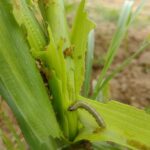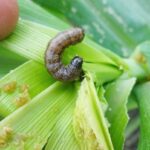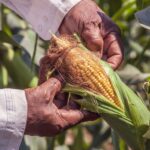Maize fields, known as “milpas,” are a traditional form of agriculture that has been practiced for centuries in different parts of the world, especially in regions of Latin America. This farming method has adapted to different climatic and geographical conditions and has proven to be an important source of food for local communities.
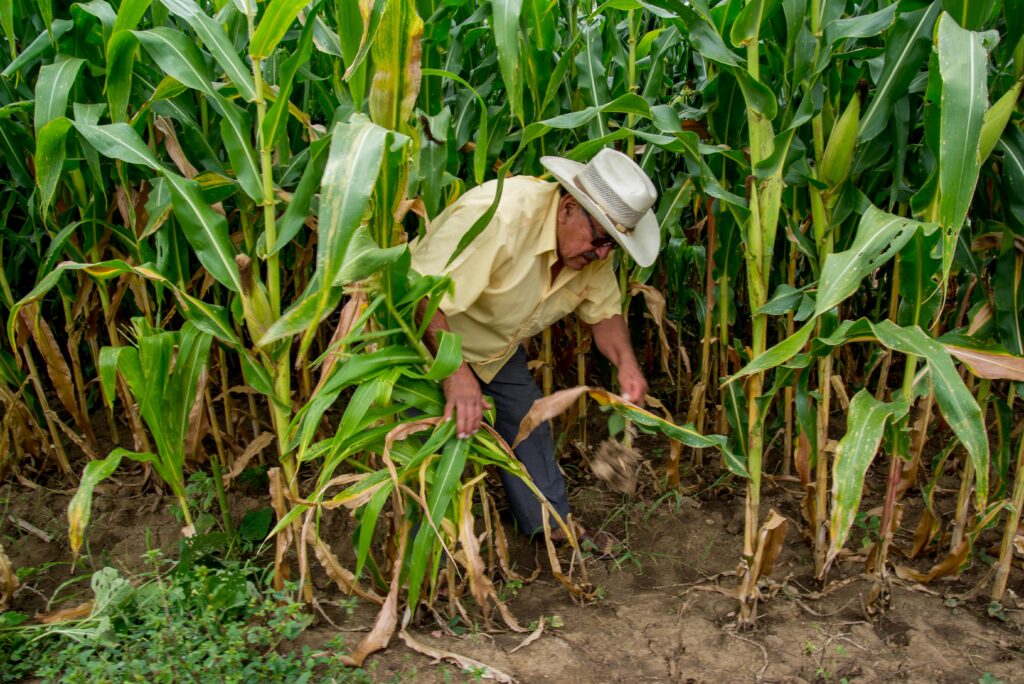
In its most basic form, milpas are fields of corn that are grown in association with other plants, such as beans and squash. These three plants complement each other in several ways. Corn provides a vertical support for the beans that grow by twining around the plant’s stem, and the squash spreads out along the ground, protecting the plants’ roots and helping to retain soil moisture.
In addition to these three basic plants, milpas can also include other crops and native plants that are well-adapted to the local environment. These may include chilies, tomatoes, herbs, and vegetables. The diversity of plants in a milpa helps to create a balanced ecological system that is less susceptible to diseases and pests and also provides a variety of nutrients in the diet.
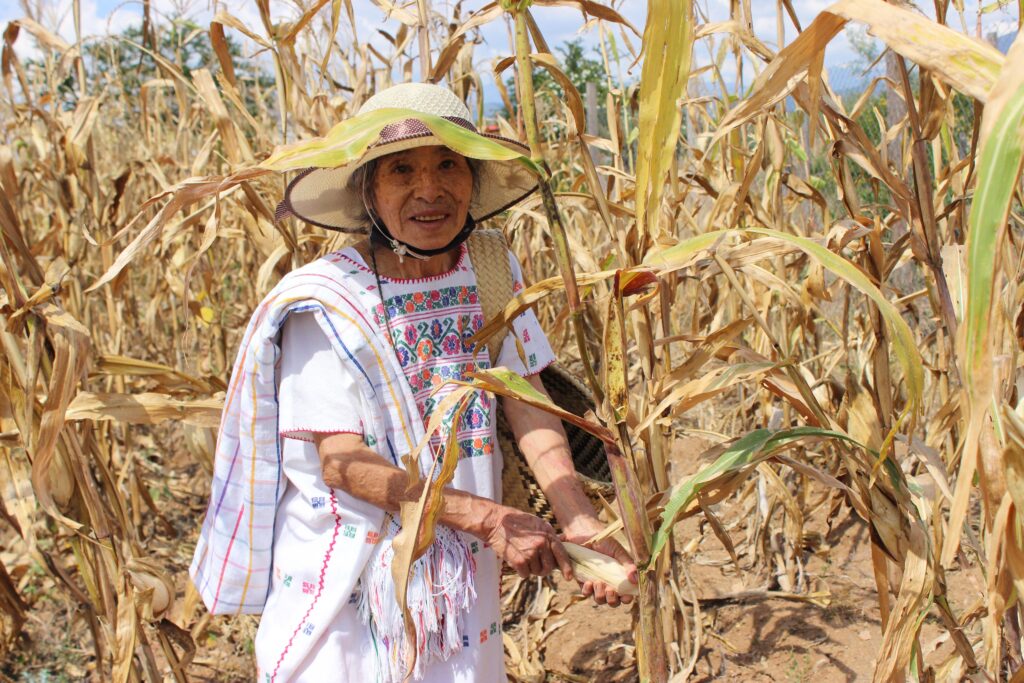
Milpas are also a form of agriculture that adapts well to local communities and cultural practices. The seeds used in milpas are usually local and hardy varieties that have been selected by farmers for generations. This helps to preserve biodiversity and local culture, and also means that farmers can save money by not buying hybrid or transgenic seeds.
Additionally, milpas are a low-impact form of agriculture that is well-adapted to local ecosystems. Milpas do not require the use of chemical pesticides and fertilizers, which means there is no risk of water and soil contamination. Instead, milpas rely on sustainable agricultural practices, such as crop rotation and natural fertilization.

Despite all these benefits, milpas face challenges today. Industrial agriculture and climate change are eroding traditional farming practices and threatening crop diversity. To ensure the future of milpas, it is necessary to support local farmers and promote sustainable agricultural practices.
In conclusion, milpas are an example of sustainable agricultural practices that are adapted to local communities and can help preserve biodiversity and local culture. It is important to value and support these practices to ensure a sustainable future for our communities and our planet.
 AgronoBlog – Agriculture Blog
AgronoBlog – Agriculture Blog 